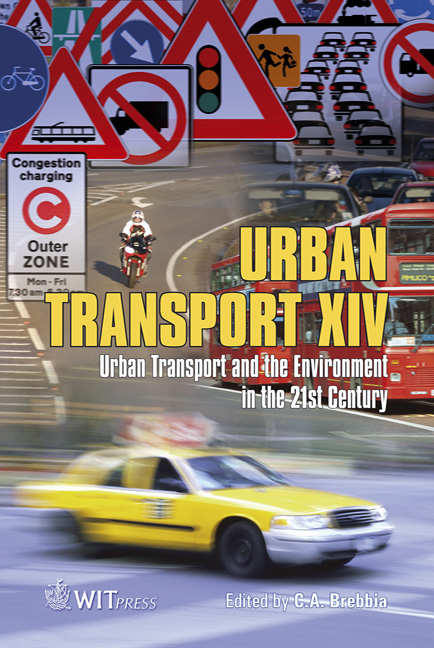Safety Of Users In Road Evacuation: The Logical Framework Approach In Evacuation Planning
Price
Free (open access)
Transaction
Volume
101
Pages
10
Page Range
751 - 760
Published
2008
Size
391 kb
Paper DOI
10.2495/UT080721
Copyright
WIT Press
Author(s)
F. Russo & C. Rindone
Abstract
In this paper an advancement on analysis of the planning process in urban systems in emergency conditions is presented. The internal planning process is analysed according to the Logical Framework Approach. Methods and models resulting from the SICURO project are applied to evaluate a local evacuation plan. The results from experimentations of an evacuation plan for an urban system in emergency conditions are presented. Keywords: planning process, LFA, evacuation, system of models. 1 Introduction The transportation planning process is characterized by different planning dimensions and interactions among the subjects involved. It is possible to identify a dynamic for the adoption of a single plan (internal dynamic process) and a dynamic for progressing among different plans (external dynamic process). Below an internal dynamic process is analysed. An internal dynamic transportation planning process is affected by objectives to pursue for the implementation of strategies which respect constraints. Starting from analysis of the present situation, in the plan, a set of strategies to adopt for pursuing their objectives is identified, such as to respect constraints. Effects of alternative scenarios can be simulated and evaluated by applying a system of models. Effects are represented by means of indicators that can be compared with objectives and constraints before implementation of planned interventions (ex ante evaluations). During and after the plan’s implementation, interventions have to be monitored to verify by means of a set of indicators (ex
Keywords
planning process, LFA, evacuation, system of models.





